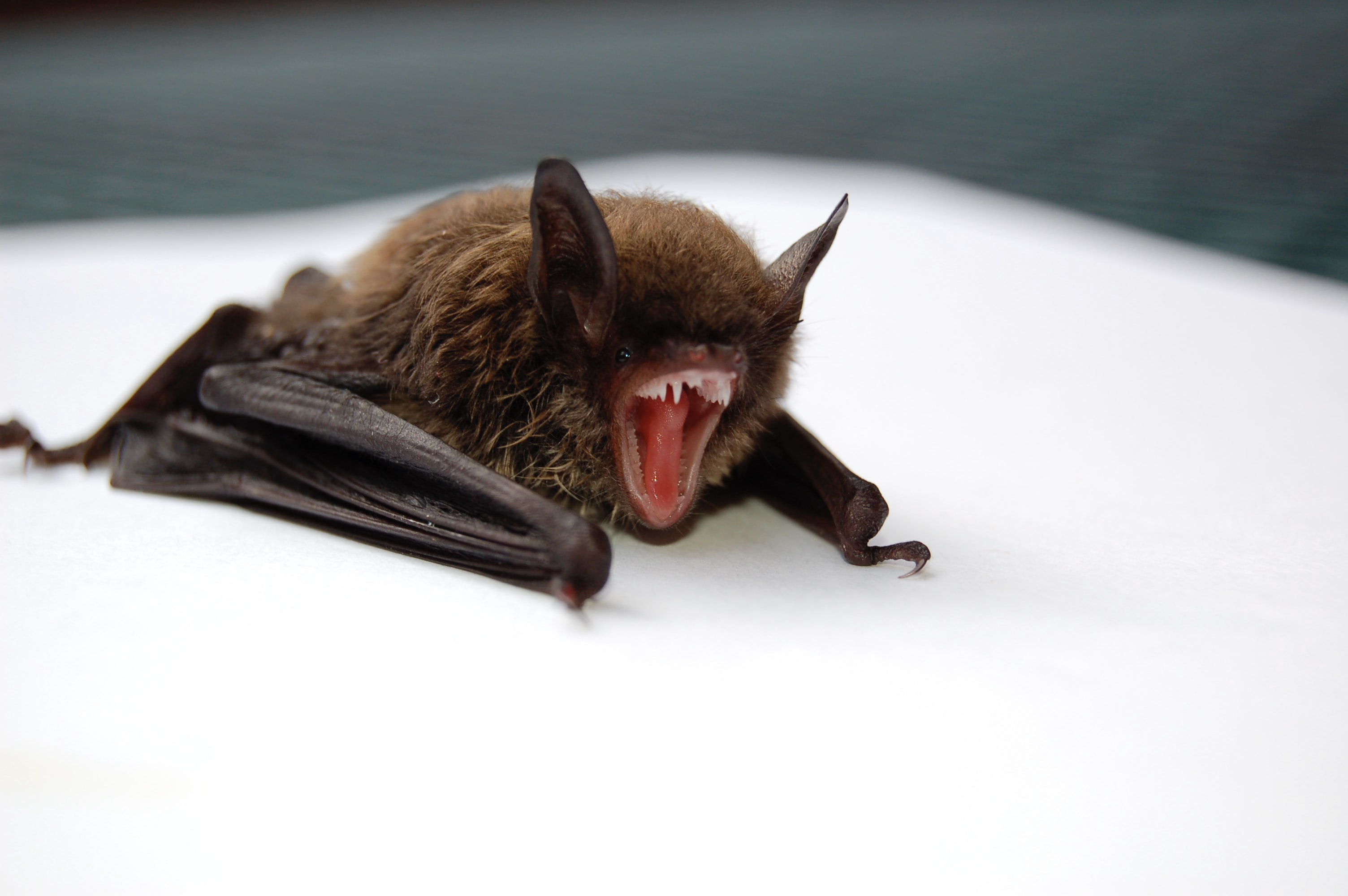Media release
From:
Peer reviewed Observational study Animals
Bats in Switzerland harbor diverse viruses, some potentially zoonotic
New analysis identifies some viruses with potential risk to jump to other animals or humans, including the near-complete genome of a MERS-CoV-related virus.
An analysis of 18 species of stationary and migratory bats living in Switzerland has discovered that they harbor viruses from 39 different viral families—including some viruses with the potential risk of jumping to other animals, including humans, and causing disease. Isabelle Hardmeier of the University of Zurich, Switzerland, and colleagues present these findings in the open-access journal PLOS ONE on June 16, 2021.
While there are few known instances of disease-causing viruses jumping directly from bats to humans, some viruses carried by bats may jump to other animals and then become transmitted to humans. For instance, SARS-CoV-2, the virus behind the ongoing COVID-19 pandemic, is thought to have originated from a virus that was transmitted from a bat to another animal before infecting humans.
Monitoring the viruses harbored by bats around the world could improve understanding and detection of those that pose risk to humans. However, while previous research has investigated viruses carried by bats in several different countries, none have focused on Switzerland.
To fill that knowledge gap, Hardmeier and colleagues investigated viruses carried by more than 7,000 bats living in Switzerland. Specifically, they analyzed DNA and RNA sequences of viruses found in organ, fecal, or stool samples collected from the bats.
This genomic analysis revealed the presence of 39 different families of viruses, including 16 families previously found to be able to infect other vertebrates, and which therefore could potentially be transmitted to other animals or humans. Further analysis of viruses with this risk revealed that one of the studied bat colonies harbored a near-complete genome of a virus known as Middle East respiratory syndrome (MERS)-related coronavirus (CoV). While the MERS-CoV-related virus is not known to cause disease in humans, MERS-CoV has been responsible for an epidemic in 2012.
The authors note that genomic analysis of bat stool samples could be a useful tool to continuously monitor viruses harbored by bats, including the MERS-CoV-related virus. This type of tracking could potentially detect accumulations of viral genetic mutations that could increase the risk of transmission to other animals, enabling earlier detection of viruses that pose danger to humans.
The authors add: “Metagenomic analysis of bats endemic to Switzerland reveals broad virus genome diversity. Virus genomes from 39 different virus families were detected, 16 of which are know to infect vertebrates, including coronaviruses, adenoviruses, hepeviruses, rotaviruses A and H, and parvoviruses.”



 International
International



